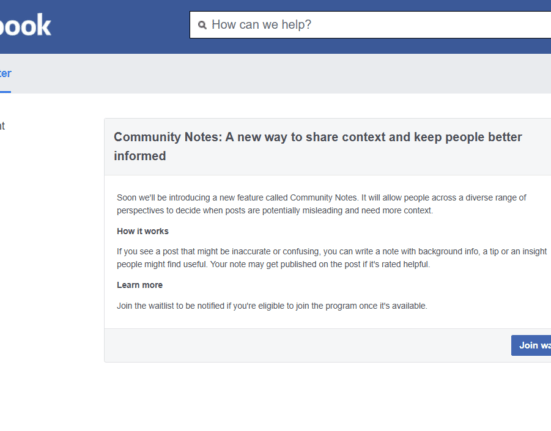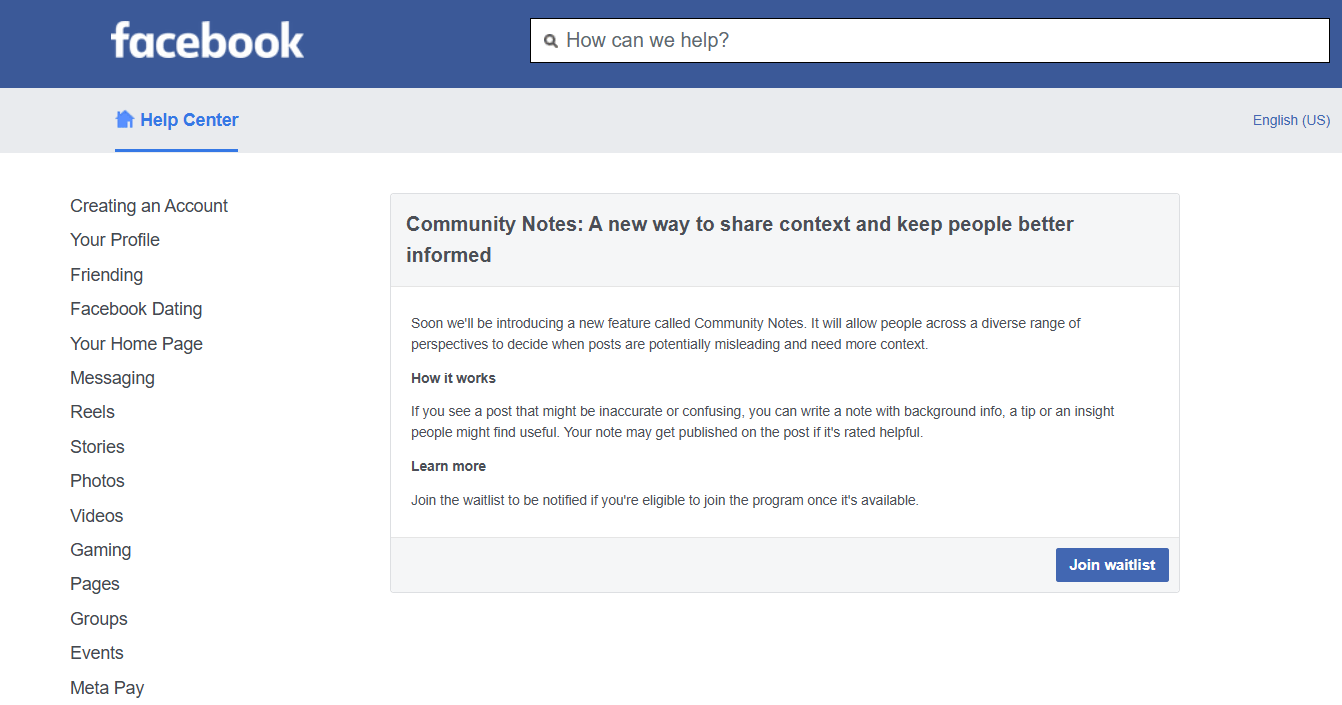Deep research and consumer behavior analysis may be what you need to effectively place your products where your ideal customers can find them, as well as in a way that appeals to them.
Understanding consumer behavior is essential if you want to stand out in a competitive marketplace. It helps you position your products, services, and marketing efforts to meet consumers’ needs effectively.
In this post, we will guide you through consumer behavior analysis and explain its vital role in small business growth.
Read: What Are the Factors That Influence Consumer Behavior?
What is Consumer Behavior Analysis?
Consumer behavior analysis is the study of consumer interactions with your products and brand. Data from consumer analysis can help you predict trends, plan a more appealing campaign, and boost consumer satisfaction.
Consumer behavior analysis helps you understand the factors influencing a customer’s decision-making process, from the initial recognition of a need to the post-purchase evaluation. It uncovers patterns, motivations, and behaviors that drive consumer choices.
It is essential to analyze consumer behavior regularly because consumer behavior is not fixed and can change due to various external and internal stimuli. Continuously analyzing consumer behavior helps small business owners develop a deep understanding of their target market and adjust their strategies accordingly.
Also Read: Why Customer Satisfaction Is Important in Business
Factors Affecting Consumer Behavior
Consumer behavior is a complex process shaped by a multitude of factors. Three significant influencers are:
Personality
Individual characteristics significantly impact buying decisions. Understanding how different personalities interact with your product or service can help you plan your marketing approach to appeal to a diverse audience.
Here are some personalities of your target customers:
1. Openness to Experience: Customers with this personality are easy to approach. They are likelier to try new products, innovations, and unconventional services. They also tend to be more responsive to creative and novel marketing tactics.
2. Conscientiousness: Highly conscientious consumers often prefer products that demonstrate reliability and efficiency. They are likely to be influenced by detailed product information and evidence of quality.
3. Extraversion: Extraverted individuals might be attracted to products or services associated with social interactions or enhancing their social status. Marketing strategies focusing on group activities or social proofs can be particularly effective.
4. Agreeableness: Customers with this type of personality may favor products associated with the community. Brands that champion social causes or community involvement can appeal to this trait.
Psychological Factors
During the purchasing process, consumers are subject to various psychological responses, including perception, learning, and memory. These elements can significantly influence how individuals interact with brands, products, and services.
1. Perception is how consumers interpret and make sense of information and stimuli from the environment. This can include brand logos, product packaging, and advertising messages.
2. Learning is the process by which consumers learn about a problem and the products or brands that solve that problem. Learning can occur through direct experience with a product or indirectly through advertisements, social media, websites, and review platforms.
3. Memory is the retention of information or experiences. Strong brand names, slogans, and jingles can enhance memory, making a product more likely to be recalled during the decision-making process.
Social Factors
Consumer behavior can be significantly affected by social forces such as culture, family, roles, and status, all of which should be considered in your analysis of consumer decisions.
Keeping up with current social trends and adapting your products can help you stay relevant and appealing to your target audience.
For example, the increasing emphasis on sustainability and eco-friendliness represents a significant social trend influencing consumer behavior. Many consumers now prioritize environmentally friendly products, leading companies to adapt by offering more sustainable options.
Brands like Patagonia and Beyond Meat have successfully tapped into this trend. They emphasize their commitment to sustainability and position themselves as environmentally conscious choices in their respective industries.
Similarly, the rise of social media platforms has shaped consumer behavior, with influencers playing a pivotal role in shaping opinions and trends. Products endorsed by well-known personalities on platforms like Instagram or TikTok often show a demand spike. This underscores the powerful influence of social trends on consumer decisions.
Small businesses should probe deeper into these factors to gain a deeper understanding of the various influences at play in consumer behavior.
Read: 10 Real-Life Examples of Consumer Behavior
Why Is a Consumer Behavior Analysis Important?
The aim of conducting a consumer analysis is to understand your market and customers more deeply. It can provide a small business with several advantages, including:
Predicting Trends and Opportunities
If you want to be a trend starter, you should start by observing how and why consumers respond to trends. Customer behavior analysis provides that information. It allows you to compare past and present trends and results and predict opportunities for a successful campaign.
Gaining New Customers
Using customer behavior analysis, you can attract new customers in many ways. For example, you can create a better customer experience and make them advocates for your products. You could also position your business to attract curious consumers.
Personalizing your customer experience
Customer analysis allows you to segment your target customers and create offers, products, and services for each segment. This increases customer satisfaction and loyalty and boosts sales.
The goal is to align your products and services with your target customers’ preferences.
Also Read: Tips on How to Improve Customer Service
Retaining Customers
Consumers who are satisfied with a brand usually stick to buying from that brand and become advocates for it.
Customer retention is vital for the growth of any business, and customer analysis provides qualitative and quantitative data that can help you make decisions to retain your customers.
Types of Research Used For Conducting Consumer Behavior Analysis
There are several methods small business owners can use to analyze consumer behavior, each with its own set of advantages and considerations. These methods include:
Qualitative Research
Qualitative research involves open-ended and non-numeric data and can provide insights into consumer motivations and emotions. It includes methods such as interviews and focus groups, allowing for a more in-depth understanding of consumer behavior.
For instance, a small business specializing in organic skincare might conduct focus groups to understand how consumers perceive their products versus those of competitors. This intimate setting allows in-depth discussions about the product’s packaging, scent, and skin feel, providing valuable feedback that cannot be captured through numerical data alone.
Qualitative research can be time-consuming and may not provide statistically significant results.
Quantitative Research
This research method uses numerical data, including surveys, questionnaires, and data analysis, to identify patterns and predict consumer behavior trends. It can provide a more general overview of consumer behavior, but it lacks the depth and detail of qualitative research.
Let’s say a small business could conduct an online survey to understand customer preferences for new product features by collecting responses from a broad audience. Additionally, analyzing sales data can reveal trends in purchasing behaviors, helping predict future demand for certain products.
Observational Research
Observing consumers in their natural buying environment can give you a first-hand understanding of their behavior patterns. This can range from spying on consumer interaction with store displays to reviewing website analytics to understand online consumer behavior. However, this method may not fully capture the motivations behind consumer behavior and can be limited in scope.
A retail clothing store may utilize video surveillance to observe how customers move through the store, which displays they are drawn to, and the items they pick up but do not purchase. Similarly, an e-commerce platform might analyze click-through rates on different product pages to determine which items are most attractive to consumers, thereby understanding preferences and potential purchasing trends.
Read: 11 Consumer Behavior Models for Business Owners – A Complete Guide
How To Conduct a Consumer Behavior Analysis
Organize Your Customers into Segments
When creating personas for your business, you will find out that your product may serve different types of consumers. One marketing campaign may be compelling to one set and might not be appealing to another.
Segmenting your customers is somewhat similar. The idea is to identify the main groups that purchase your product or use your site.
You can consider the following factors when segmenting your customers:
- Demographic data (age, gender, occupation, etc.)
- Geography
- Psychographic data (values, interests, beliefs, attitudes, etc.)
- Online buying habits
- Preferred media platforms
- Number of visits (to a site or store)
- Preferred shopping platforms
Qualitative and quantitative data such as surveys, interviews, focus groups, and questionnaires can help you get information like these.
While focusing on the main groups, also consider minor groups that might visit your site or view your products. These groups may be interested in your product but may not be convinced to buy.
Identify the Benefits and Selling Point For Each Segment
Now that you know the major groups that buy your product, you need to know why they buy from you.
Interviews and surveys can help you get this information faster. Knowing the reasons they buy from you can help you target an audience similar to these groups with the right messaging.
You need to be specific in your surveys to get more information. Questions that help you find out if they purchased spontaneously, for an emergency, or due to recommendation. You also need to know how their experience with your product, what could’ve improved their knowledge, why they chose your product over others, and how they feel about the pricing.
You can also request a survey from those who viewed your products and didn’t make a purchase, not in a forceful or demanding way.
Get Enough Qualitative and Quantitative Data
As a business owner or marketer, you need enough data on your target market. That’s why data is essential, it helps you make better decisions for your business and customers.
We are not saying you should send your customers a five-page survey. You don’t want to bore them or stress them out. However, you can get quality data by asking the right questions.
Prepare a good report that contains results from both quantitative and qualitative research.
Compare and Review Your Data
Now that you have your quantitative and qualitative data in one report, review the results.
Look out for reoccurring patterns in buying decisions, common obstacles and complaints, and similarities in the persons or major groups.
Observe your major customers and check for anything that stands out in their buying behaviors.
Apply Changes Where Necessary
The point of customer analysis is to help you make effective decisions and changes in your campaign and boost sales. You can stay ahead of your competitors when you get this part right.
You can optimize your messaging, personalize the experience of your target groups, and boost sales as a result.
Making changes doesn’t mean making drastic changes that can make your brand unrecognizable to your audience. You can gradually grow your brand and improve your strategies as you go.
Analyze Your Results and Repeat The Process
As a business owner, you will always need to gather data from every decision. In this case, you will be analyzing the results from the changes you’ve made and reviewing the feedback.
There’s always room for improvement. That’s why it is necessary to continue surveying, gathering data, and improving your campaigns to grow your business.
Tools and Platforms for Consumer Behavior Analysis
A crucial step in consumer behavior analysis is using the right tools and platforms to gather and analyze data efficiently.
Some popular tools for this purpose include:
1. Analytics Software: Tools like Google Analytics help track and measure consumer interactions with your website and digital properties.
2. CRM Systems: Customer Relationship Management systems, such as HubSpot, can help small businesses track and analyze customer interactions and data throughout the customer lifecycle.
3. Market Research Platforms: Tools like Qualtrics and SurveyMonkey simplify collecting survey and questionnaire data for deeper consumer insight.
Selecting the correct tools is vital to an effective consumer behavior analysis strategy for small businesses.
How to Apply Consumer Behavior Analysis
Having the data from consumer behavior analysis is one part. The other is applying this insight to business strategies. Here’s how:
Enhance Customer Experience
Use the analysis to provide a superior customer experience. Use feedback to improve customer service, personalize interactions, and address any pain points within the customer journey. This will improve customer satisfaction and loyalty, leading to increased sales.
Innovate and Develop Products
You can identify new product opportunities or areas for improvement in existing ones. Choose the features, packaging, pricing, and marketing channels most aligned with your customers’ preferences. This will increase product relevance and appeal, increasing sales and customer satisfaction.
Develop Marketing Strategies
Tailor your marketing channels and content to speak directly to your audience’s needs. Adjust your messaging, promotional strategies, and more to align with consumer preferences and behaviors. This will increase the effectiveness of your marketing efforts and help attract and retain loyal customers.
Sales Strategy
You can leverage consumer insights to optimize your sales channels, improve conversion rates, and drive more revenue per customer. Use the data to adjust your sales approach, target specific segments or demographics, and create a more personalized sales experience. This will lead to increased sales and customer retention.
Small businesses that effectively apply consumer behavior analysis are better poised to adapt to market changes and customer needs, setting the stage for long-term success.
How to Overcome The Challenges of Consumer Behavior Analysis
Small business owners often face issues such as limited resources, data interpretation complexity, or difficulty obtaining representative samples. Overcoming these challenges requires a strategic approach, sometimes seeking external expertise and the willingness to adapt and learn continuously.
Here are some strategies to overcome the challenges mentioned:
1. Utilize Affordable Analytic Tools: Many cost-effective or free analytics tools can provide valuable insights into consumer behavior without breaking the bank.
2. Partner with Academic Institutions: Collaboration with universities or colleges can offer access to cutting-edge research, resources, and talent to analyze consumer behavior.
3. Leverage Social Media for Data: Social media platforms can be goldmines for understanding consumer preferences and trends. Use these platforms to collect data and engage with your target audience.
4. Continuously Learn and Train: Encourage yourself and your team to stay updated with the latest market research techniques and data analysis tools through workshops, webinars, and courses.
5. Seek External Expertise: Sometimes, it’s beneficial to hire external consultants or agencies specializing in consumer behavior analysis to gain deeper insights.
6. Create a Feedback Loop: Establish a system where customer feedback is regularly sought, listened to, and acted upon. This can help in making more informed decisions and staying aligned with consumer needs.
Implementing these strategies can effectively navigate the complexities of analyzing consumer behavior and leverage this understanding to fuel growth and innovation.
Final Thoughts
Consumer behavior analysis is a fundamental tool for small businesses aiming to survive and thrive in the market. By knowing what drives your customers, you can tailor every aspect of your business to meet their expectations. Investing in consumer behavior analysis is investing in your business’s sustainability and success.
Frequently Asked Questions
The frequency of customer analysis can vary depending on the industry, but it should be a continuous process. Reviewing and updating consumer behavior analysis quarterly can help adapt to changes and maintain alignment with customer preferences.
Yes, if not more so. Small businesses are often closer to their customers and have the flexibility to act on insights more rapidly than larger competitors. By using the information obtained through consumer behavior analysis, small businesses can stand out and compete more effectively.
The first step is defining clear objectives for the analysis. What do you want to achieve? Whether it’s to improve product design, identify the most effective advertising channel, or enhance customer service, clear goals will guide your analysis and its application in your business strategy.
Small businesses can leverage a variety of methods to gather consumer data. Surveys and feedback forms are direct ways of understanding customer preferences and experiences. Observational techniques, such as analyzing shopping patterns and online behavior, provide insights into customer habits. Social media analytics can also reveal trends and attitudes. Employing a mix of these methods can yield comprehensive data for analysis.
One significant challenge is the limited resources available for extensive research. Small businesses may not have the financial capacity or the personnel to conduct in-depth studies.
Another issue is ensuring data accuracy and relevance. Collecting and analyzing consumer behavior data requires expertise to interpret correctly and act on effectively. Small businesses must also navigate privacy concerns and regulations governing data collection and use.












